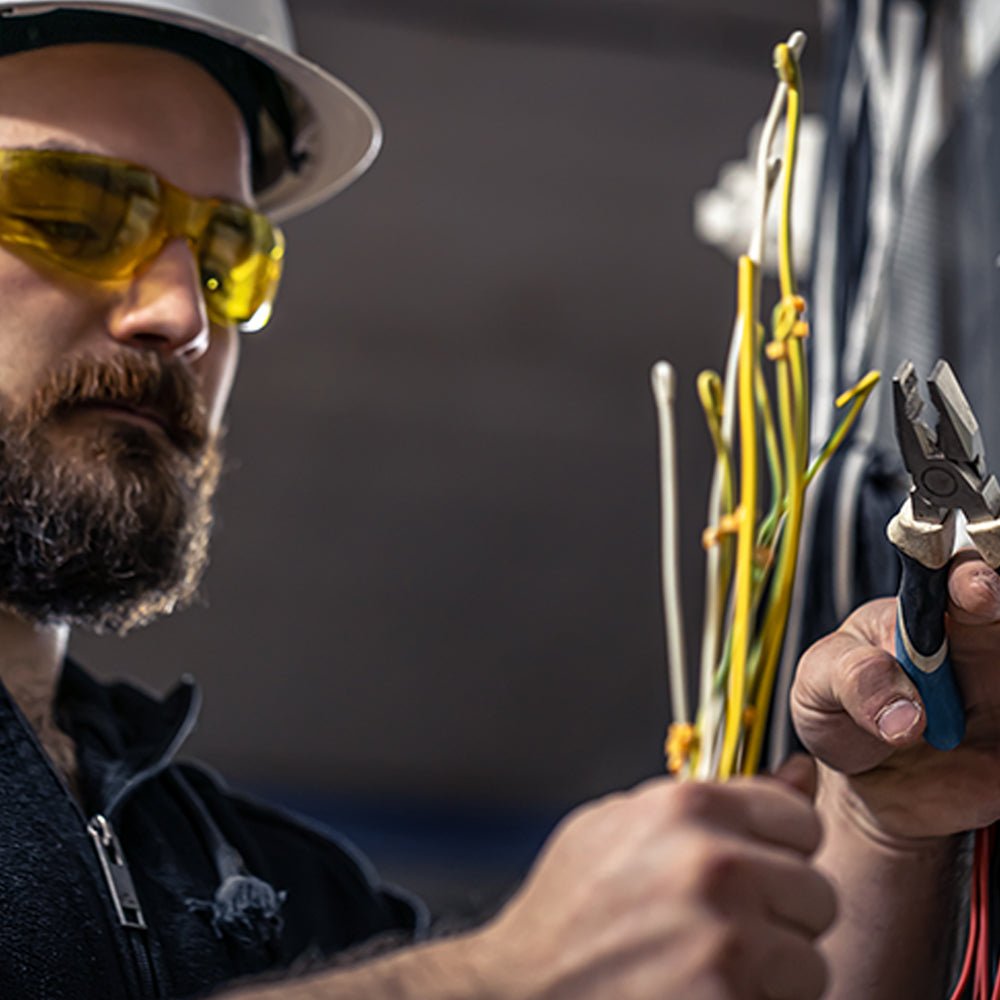
How to Safely Remove Wires from a Connector
Splicing and branching electrical wires might seem like a simple task but is not a job for everyone. This is because if an amendment is not made correctly, it compromises both the operation and the safety of the installation. Therefore, having a splice connector is essential for a quick, easy and safe installation.
Did you know that most problems in electrical circuits are caused by faulty splices? A common problem is the waste of electricity. A bad amendment can raise the energy bill of the enterprise, since at that point there may be heating or leakage of energy.
Another commonly encountered problem is poor contact. Over time, poorly made splices tend to malfunction, leading to the problem of equipment “only working when it wants to”. Now we know it's not the equipment's fault, right?
Many electrical projects require you to splice cables. That is, to unite the threads of the circuit to carry an electric current. This is a technique that is often used when there is a need to branch a circuit in two or more directions, as is the case with relocating light switches or outlets and making repairs.
However, this is a procedure that needs to be carried out very carefully. In the end, security is a serious matter. Therefore, there are some precautions that must be taken, including the use of cable glands and junction boxes, to minimize risks and make the entire installation safer.
Splicing electrical cables: What precautions should be taken?
Well, in an ideal scenario, it is recommended that the installation has as few cables as possible. That's because it will be safer that way. However, this technique can not always be avoided, since it is part of the electrical maintenance routines. But, it should be kept in mind that, when it is not well executed, it can totally harm the installation and still cause damage. For this reason, there are many precautions that must be taken when splicing electrical cables, of which it is possible to highlight:
First, turn off the power. Be sure to cut power to the wires you are splicing. It is crucial to turn off power and then start the work of joining the cables. That way, you avoid accidents, like getting an electric shock.
Follow the specific instructions for splicing
The splices of electrical cables must be made strictly following the techniques and specific instructions that exist. This will be paramount to ensure safety as well as correct work execution.
Do not neglect the use of tools and PPE
In order to ensure the prevention of risks and the protection of the installation and people, there are some tools and PPE that are needed. As in the case, for example, of tape insulating pad, cutting pliers, goggles, insulating gloves and shoes with rubber soles. It is essential to use them and even mandatory.
Another important care is in the sense of sealing the cabling against the entry of moisture, dust and other debris, and ensure that the splice is tight and secure. Therefore, it is interesting to use solderstick wire connectors. This way, it is possible to better organize the installation while reducing the risk of the cable being pulled out or energy losses.
In the same way, it is possible to avoid curvatures in the wires that will be spliced, precisely to not having a rupture on the cable junction, which could interfere with its efficiency and safety.
How to remove the terminals?
- Hold the electrical connector in one hand.
- Look at the connector side and try to locate any locking tabs that may be in place.
- Remove the locks using the hook tool.
- Locate the wire on the electrical connector you want to remove.
- Flip the connector over and locate the hole across the wire into the electrical connector that holds the terminal for the wire.
- Unlock the connector with the appropriate tools simultaneously on each end of the connector.
